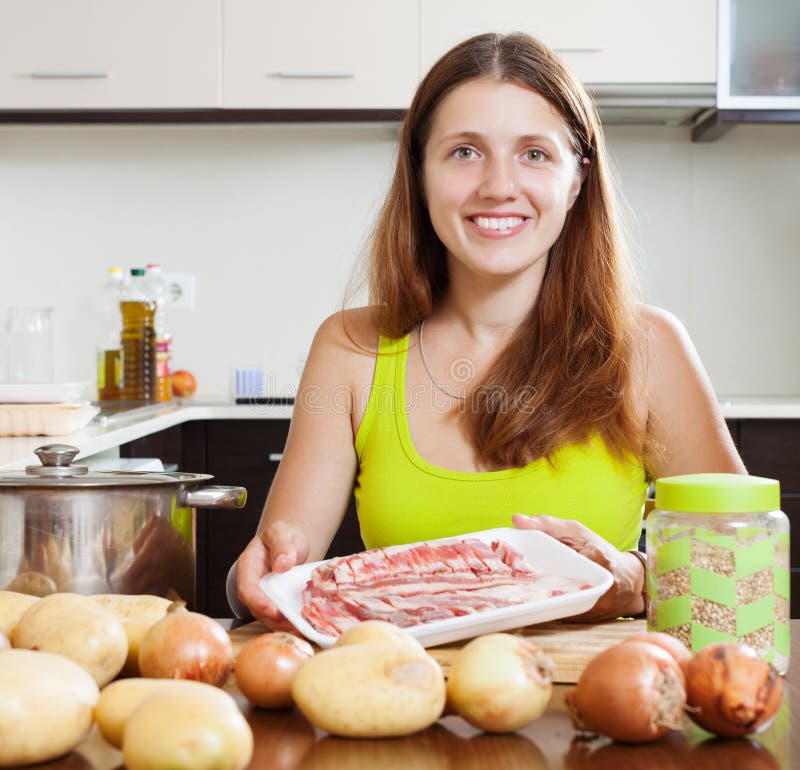In the days before over the internet invitations, couples who all are getting married in Germany even now give out marriage invites in person. This kind of custom dates back to a time when everyone lived in a reasonable length of each other, and the Hochzeitslader, or endorsed inviter, would venture around to friends and family, professionally handing all of them an request (in rhyme) to the marriage. Frauen treffen Friends who acknowledged the party invitation would flag one of the ribbons on the hochzeitslader’s staff with their hat, signaling their contentment.
As opposed to in the U. S., where males and females have bachelors or bachelorette functions to celebrate the last few days of freedom before tying the knot, Germans tend to avoid this kind of pre-wedding festivals. Instead, the bride and groom each have one person, known as trauzeuge (for men) or a trauzeugin (for women), who is responsible for planning pre-wedding events and helping out on the day of the wedding ceremony.
A conventional bridal bouquet includes blue cornflowers, which represent fidelity plus the hope the fact that marriage will be good and long lasting, and myrtle branches just for luck. These flowers will be tied as well as a light bows. In addition , each couple should typically get a piece of this ribbon to fasten to the antennas on their vehicles after the service and reception.
The majority of Germans have got two marriage ceremonies, a civil relationship at the Standesamt that is required for making their romantic relationship legal, and a spiritual ceremony within a church with family and pals. There is generally a small number of people in presence at the civil ceremony, and it is very less formal than a North American wedding. There is often zero wedding computer registry, so you cannot find any showering of gifts intended for the bride-to-be.
The day before the wedding, a tradition called polterabend is definitely observed. That is a night in which stoneware and porcelain, but never glasses, is violently created by friends of the betrothed to drive out, run off, turn back evil spirits. The shards are then simply embroiled by the hitched, who will often have on the pants or utomordentligt of his / her betrothed to the wedding, as well as a jar of schnaps that will soon after be used to get the toasts.
Before the ceremony, the bride and groom will typically consume some old bread or maybe a pretzel which was dipped in white vinegar, which is meant to bring them good fortune. The few will then exchange rings, and the groom https://www.xero.com/ will move his band to his right hand—a signal of dedication and rely upon his fresh wife.

After the few cuts the cake, the other slices receive to unmarried friends who are invited into a special party that’s at times an extended Viennese Waltz, and the lucky kinds will have a chance to steal the bride’s veil. The person who draws the item of veil is said to be next in-line for marital life. The newlyweds also indulge in a etiqueta log-cutting that requires teamwork and perseverance, symbolizing the obstacles they will need to defeat as couple.
